Analyzing Characterization 6 Ways in 6 Stories With 6 Characters
In literature, there are flat characters and there are round characters. No, I’m not talking about Flat Stanley and Humpty Dumpty (lol). I’m talking about the generic characters whose depths of personality we will never know (the FLAT ones) and the robust characters whose depths of personality we do get to know (the ROUND ones). The flat ones are pretty dull, but on the other hand, they are often necessary just to keep the plot moving along. The round ones are way better! What they say, think, feel, and do keep the reader interested. And, in the best stories, characters change. In this post, I give you 6 ways to analyze characters, or characterization, in 6 different stories. These characterization activities get students to analyze what makes characters round: what they say, think, feel, and do.
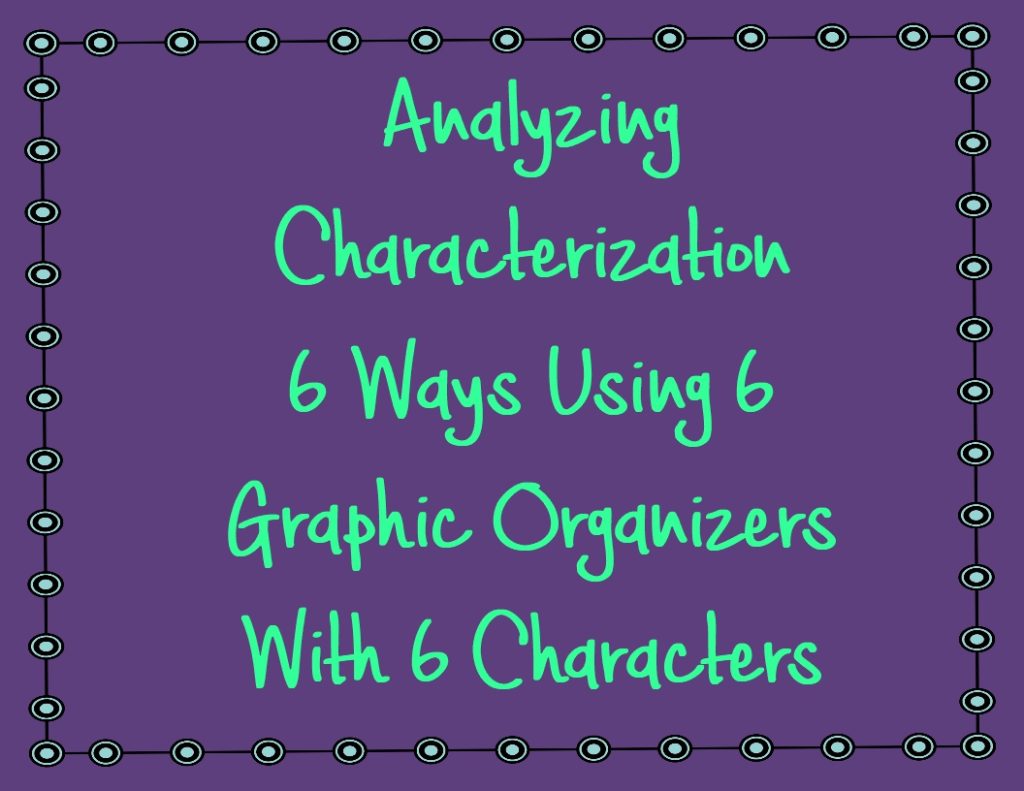
1. What He Said (or She Said):
- For this activity, make sure the story you choose has plenty of dialogue or is written from the first-person point-of-view, so that students can find examples. This works for most stories, but the ones that are told by a third-person narrator with very little thoughts or dialogue from the character’s point of view can make this activity feel like pulling teeth. Ouch!
- You can either have the student find three quotes (what they say out loud) and/or thoughts (what they say in their heads), or you can provide them for the student.
- Then, you have students figure out what these quotes and/or thoughts say about the characters. Essentially, the quotes and thoughts are the text evidence and the statements about them are inferences.
- Here is an example I made to study the characterization of Jay Berry from the novel The Summer of the Monkeys by Wilson Rawls. It’s a great story with a first-person narrator. You can get the novel, watch the movie, or do the free and quick option which is to have students read this excerpt from Chapter One.
- You can get the free template in both easy-print and distance learning digital format, and in both a “HE said” and a “SHE said” version in my free Analyzing Characterization 6 Ways Pack.
What He Said: Jay Berry from The Summer of the Monkeys
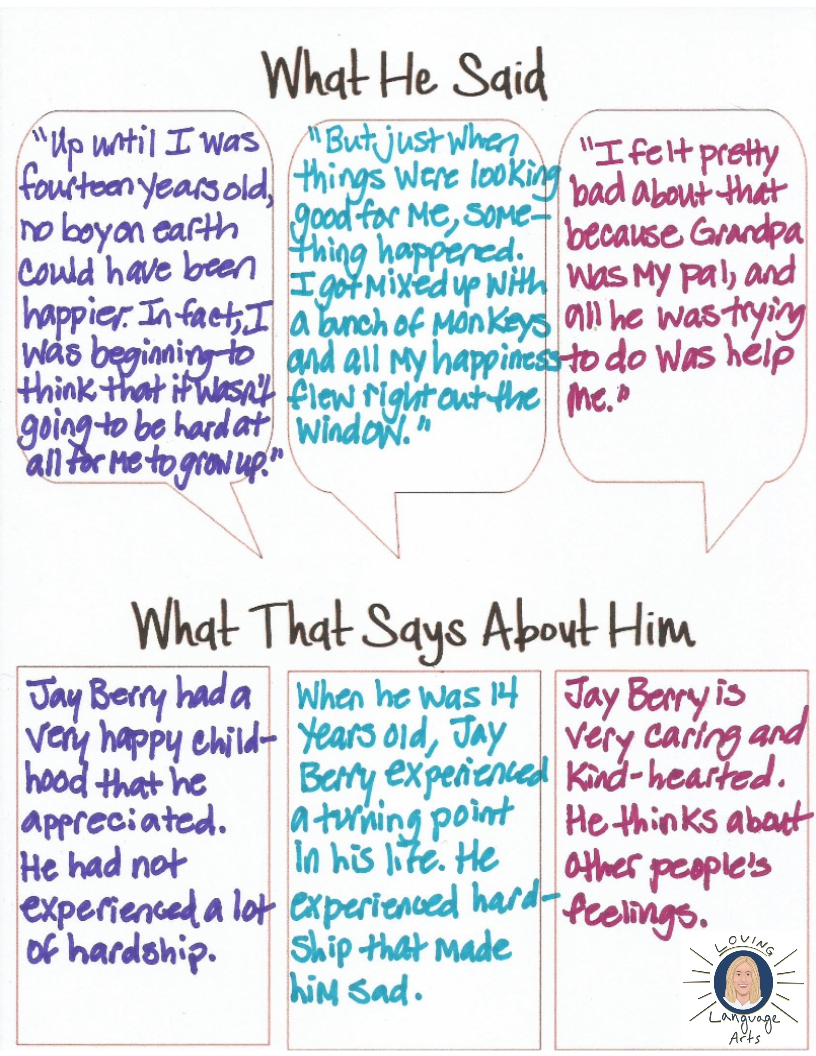
2. Prove It!
- For this activity, make sure the story you choose is conducive to making inferences about a character whether from dialogue, actions, or description.
- You can either have the student find the inferences, or you can provide them. Conversely, you could provide the evidence and have them make the inferences. Or, they can do it all on their own.
- Here is an example I made to study the characterization of Jo March from Chapter 5 of the novel Little Women by Louisa May Alcott. Here is a link to the excerpt I used. Or, you can access the whole book for free online. It’s a great story with a third-person narrator and plenty of dialogue.
- You can get the free template in both easy-print and distance learning digital format in my free pack.
Prove It: Jo March from Little Women
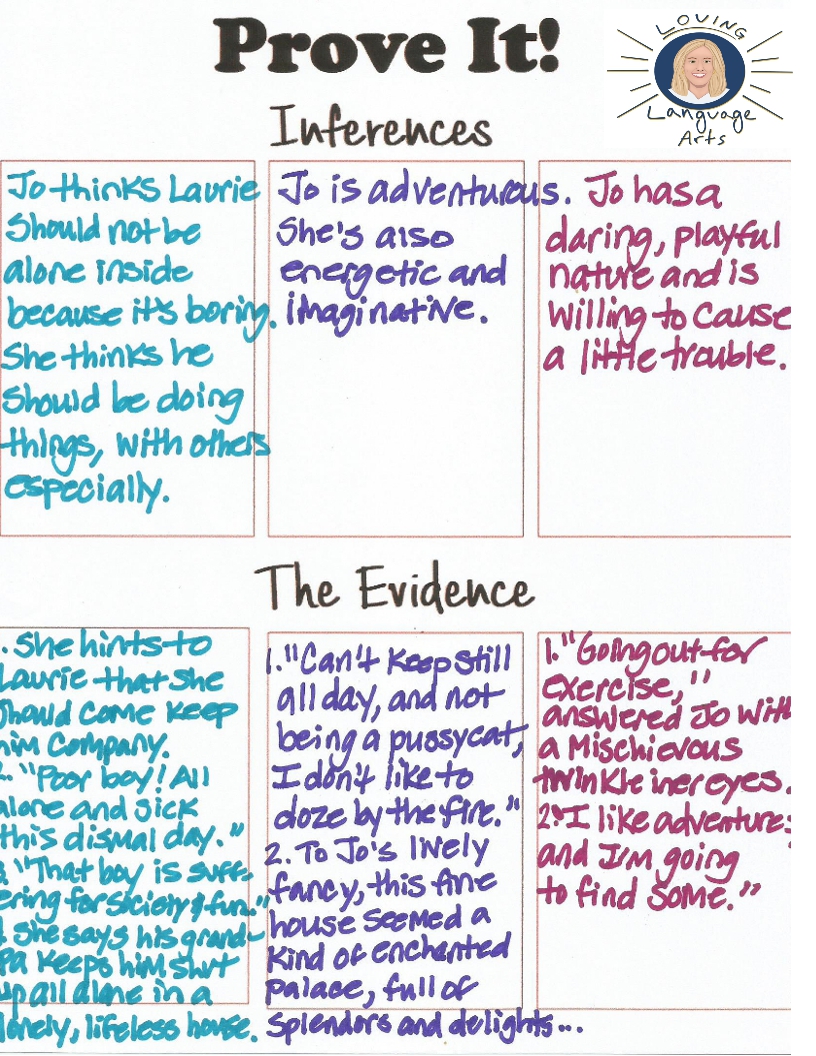
3. What a Character!:
- For this activity, students select character traits to describe a character. So, in the spirit of this activity, I made a humongous list of character trait words. At first, I was just going to make a list of 100. But then when I got to 100, I felt like there were still so many I hadn’t written yet. When I got to 200, I felt the same way. So, then I decided to just go for several hundred. I finally decided to stop at 500, but I tell you, I could easily have kept going because there are so many words to describe people! The thing about character traits is we don’t display them simultaneously, or even consistently, and they change. They are affected by our attitude, behavior, genetics, upbringing, trauma, praise, education, events, and more.
- For this activity, students only need to select 5 words, which out of 500, seems like a piece of cake. Then, in the spirit of always asking them to provide text evidence, they need to provide evidence, either by providing quotes or retelling what was in the text, that proves the character does in fact display those traits.
- I have provided two examples here. One is for Sadako from the short novella, available free online, Sadako and the Thousand Paper Cranes. She is a multi-faceted adolescent students can relate to. By the way, I have another blog post all about teaching the novella complete with pre-reading, comprehension questions, and a fun post-reading activity. Check it out!
- The other example is Margot from the short story by Ray Bradbury All Summer in a Day. The main character is an awkward girl who struggles with being bullied, so sadly some students can also relate to her. By the way, I made a short free lesson for that story as well, which has been very popular, especially because the story is full of figurative language.
- Get this template and 5 more in my free Analyzing Characterization Pack.
What a Character!: Sadako from Sadako and the Thousand Paper Cranes
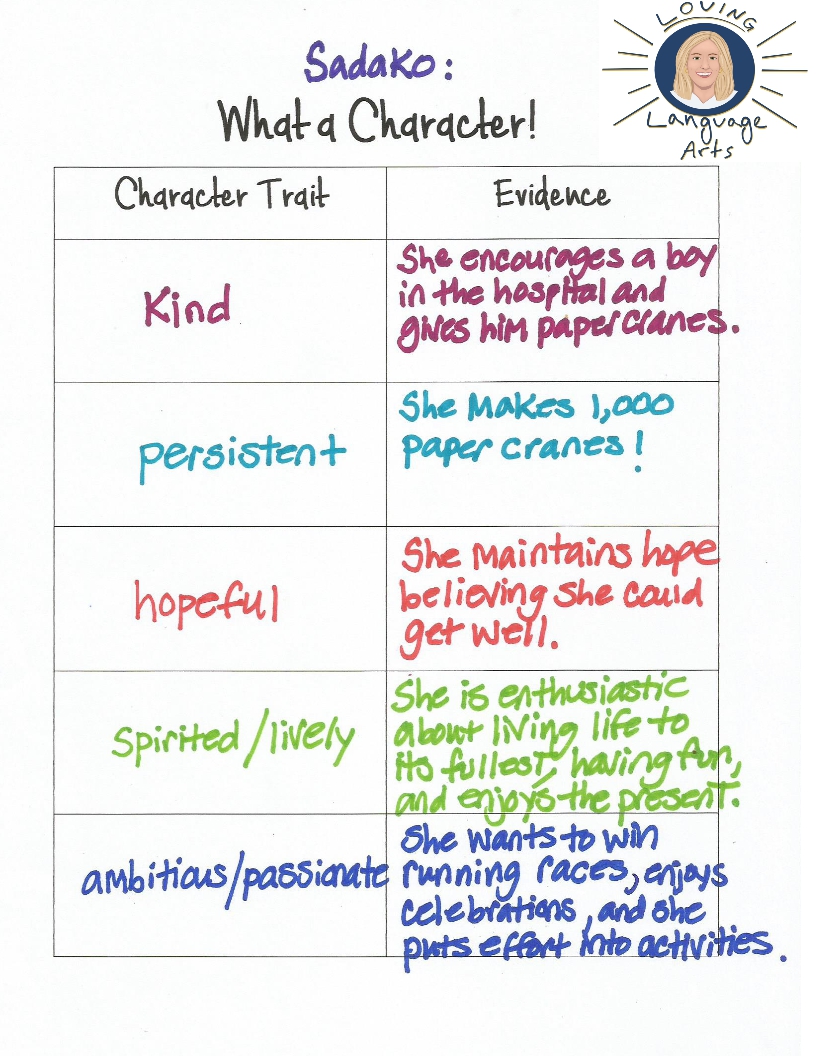
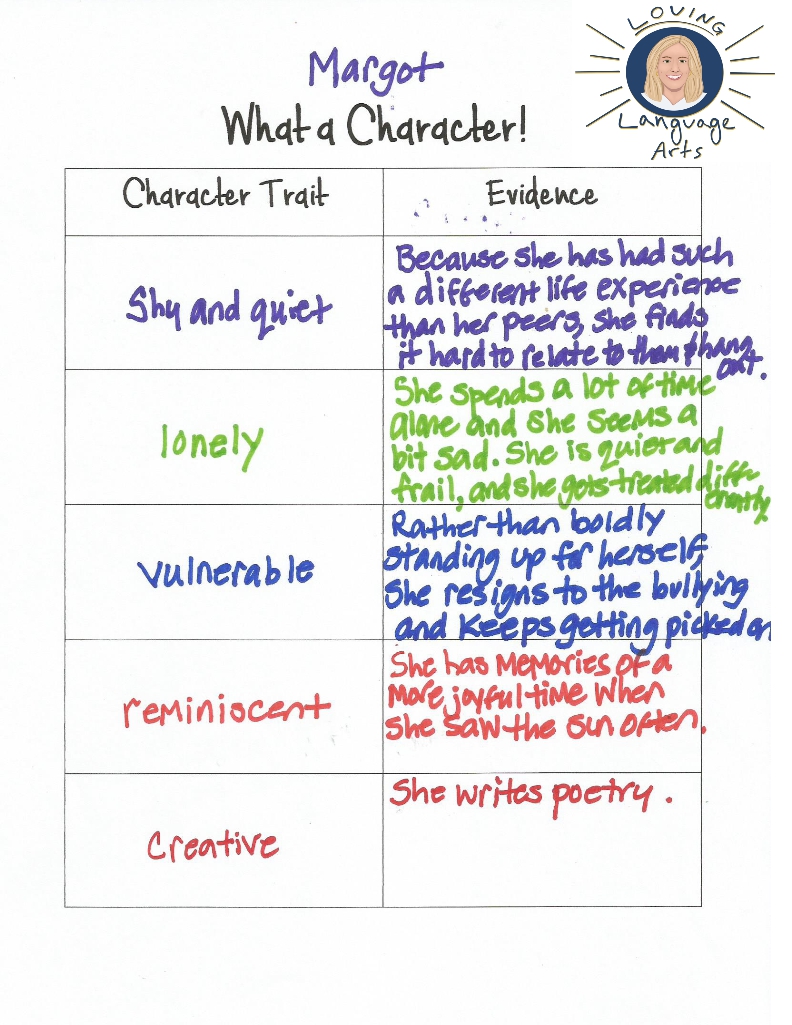
4. Character Attribute Web
- Fill out the LOOKS section with phrases — no need for complete sentences here! Consider: distinguishing features, clothing/style, stylish or plain, neatness level, how much he/she pays attention to appearance, whether or not he/she spends a lot of money on appearance, etc.
- Fill out the ACTS section with phrases. Consider: behaviors often displayed, moodiness level that is shown, whether introverted or extroverted most of the time, flirtatious, shy, humorous, loving toward certain people, etc.
- Fill out the FEELS section with phrases. Consider: happy, angry, sad, scared, joyful, optimistic, distressed, judgmental, easily upset, jealous, hopeful about something, etc.
- Fill out the SAYS section with quotations (whole or parts) straight from the text: choose things the character says that truly represent how the character thinks, feels, and acts in general.
- I have provided a sample of Anne Frank from The Diary of Anne Frank, which is not in the public domain, but is available in a free excerpt online which provides plenty to work with.
- You can get the free template in my Analyzing Characterization Pack free!
Character Attribute Web: Anne Frank from The Diary of Anne Frank
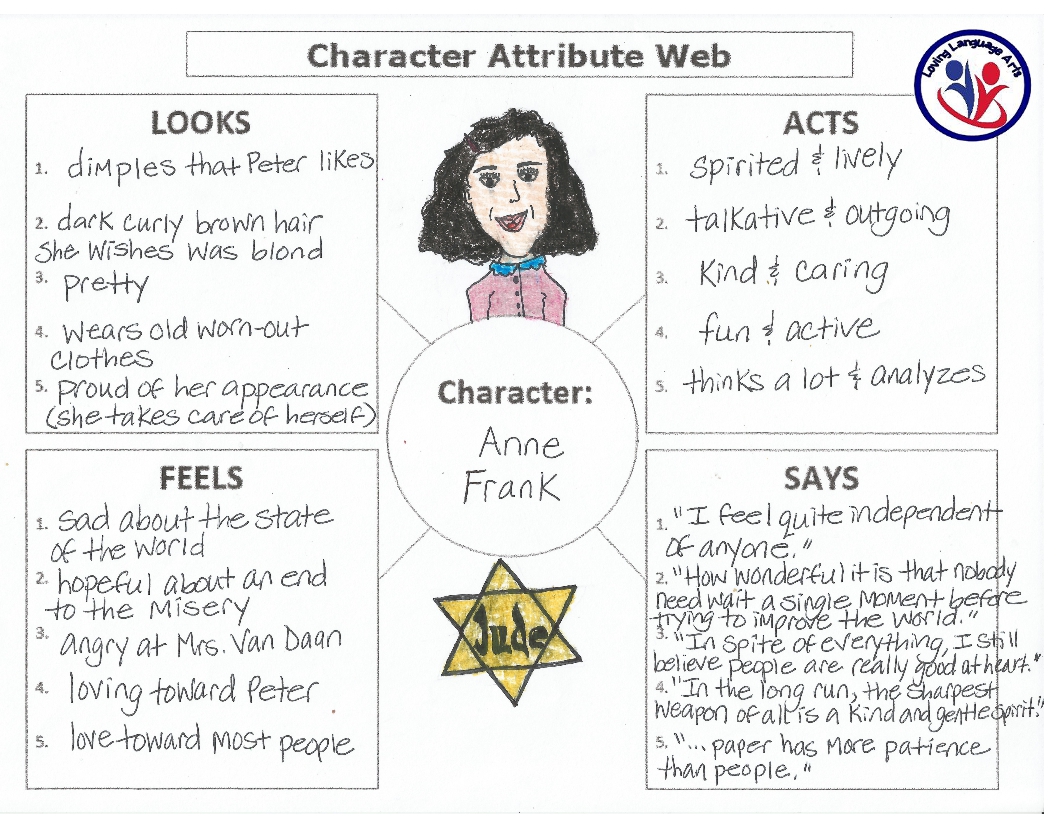
5. 5-Senses Poem
- Either student selects a character or teacher selects character for student. Student will write a five-line poem for each of the five senses as experienced by the character.Brainstorm individually or as a class to come up with ideas. For example, after reading The Diary of Anne Frank, 8th grade students in a class came up with these ideas:
-
- see: soldiers, cat, clocktower, children suffering, airplanes in sky, birds, smoke, Mummy
- hear: quarrels, bombs, gunshots, radio, screams, whispers, silence, quiet voices, burglars
- smell: strawberries, dust, rats, beans, gun-smoke, cigarette smoke
- touch: Peter’s hand, hair, cat, shoes, diary, pencil, window
- taste: strawberries, beans, vegetables, potatoes, coffee
- In a related blog post, you can see more samples of the poem and the ideas for stationery you can use. Also, you can get the free template in both easy-print and distance learning digital format in my free Analyzing Characterization Pack.
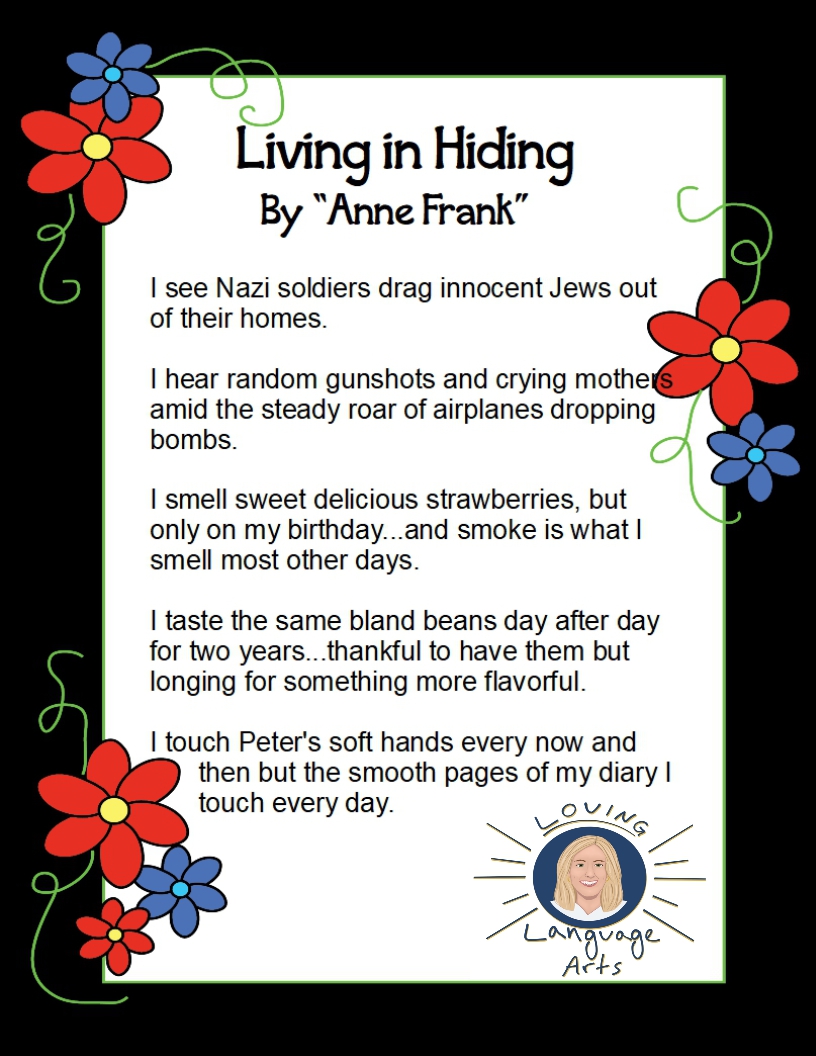
6. Get Inside the Mind of a Character:
- Student selects a literary character or teacher selects characters for students. By the way, I have a blog post all about this activity that shows several examples. But I will show you a couple here.
- Students take about five minutes to brainstorm any ideas they have about what is likely going on inside their characters’ minds such as: recurring thoughts, fears, joyful thoughts, strong memories, recent feelings, recurring images, dreams, convictions they live by, things they say a lot, how their minds work, etc. Students can make lists or quickly jot down ideas on a scratch piece of paper.
- Using the template of a head, which I provide in my free Analyzing Characterization Pack, students turn their ideas into images, quotations, and miscellaneous “thoughts” going on in their characters’ minds. The final product should be visually appealing and neat. In my example below, I focused on about 13 total “thoughts” going on in the mind of Anne Frank. I have also provided another example made by a seventh grade student of Pi Patel from The Life of Pi, which is a great book!

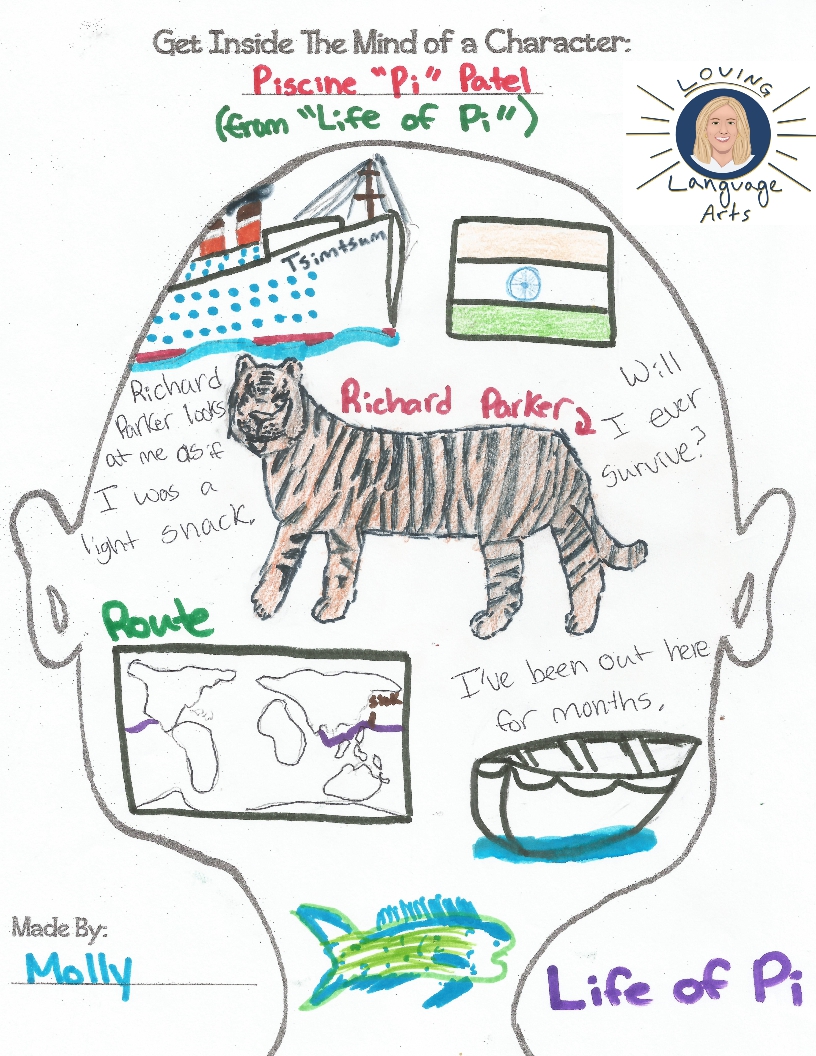
You know what else students LOVE? These high-interest informational texts and tasks. I went out of my way to make the articles super interesting to upper elementary and middle schoolers by writing about things that interest them. And, guess what? It worked. I keep hearing from teachers how kids get so into these passages. They actually want to answer the questions. They even want to discuss the articles as a group.
Click below for FREE ELA PRACTICE TESTS – each targeting specific reading, writing, language, and speaking/listening/viewing standards.
Check out these GRADE-SPECIFIC test prep books with practice tests that target EVERY GRADE-SPECIFIC READING INFORMATIONAL TEXT STANDARD, one by one. An added bonus is that students LOVE the texts! In Easy-Print or Self-Grading Online Versions.
The 6th Grade Practice Tests Test Prep Workbook “is a high quality, beautifully-aligned resource. It is no-frills, to the point, yet high-interest for students. It is helping us prepare for standardized testing in a hybrid, synchronous, difficult year.”
How about save this pin to your “Reading Literature” or “Graphic Organizers” or “Characterization” Board so that you can come back to this post again?
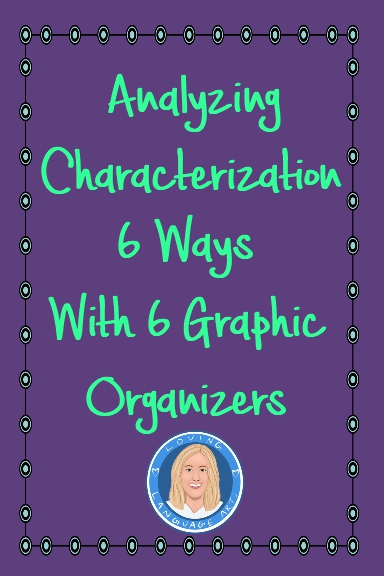




















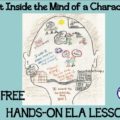

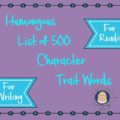






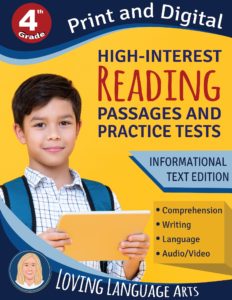

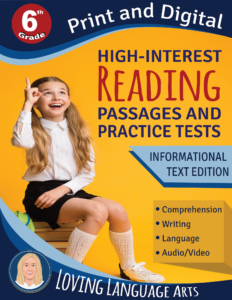
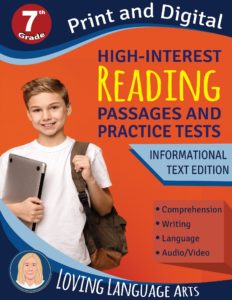
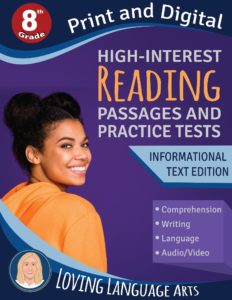
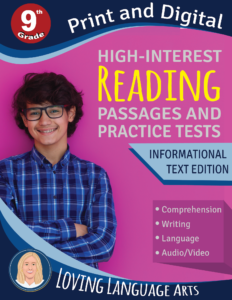
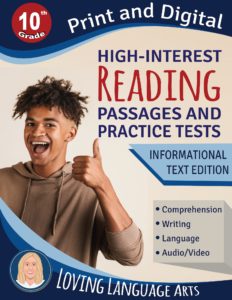
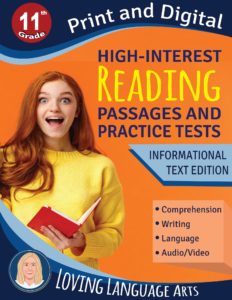
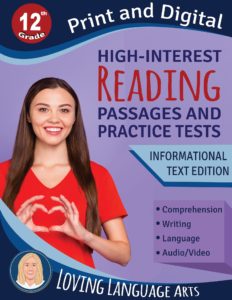
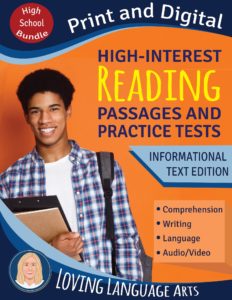
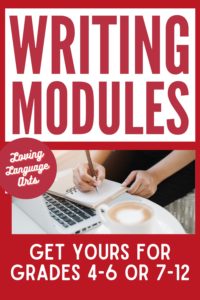


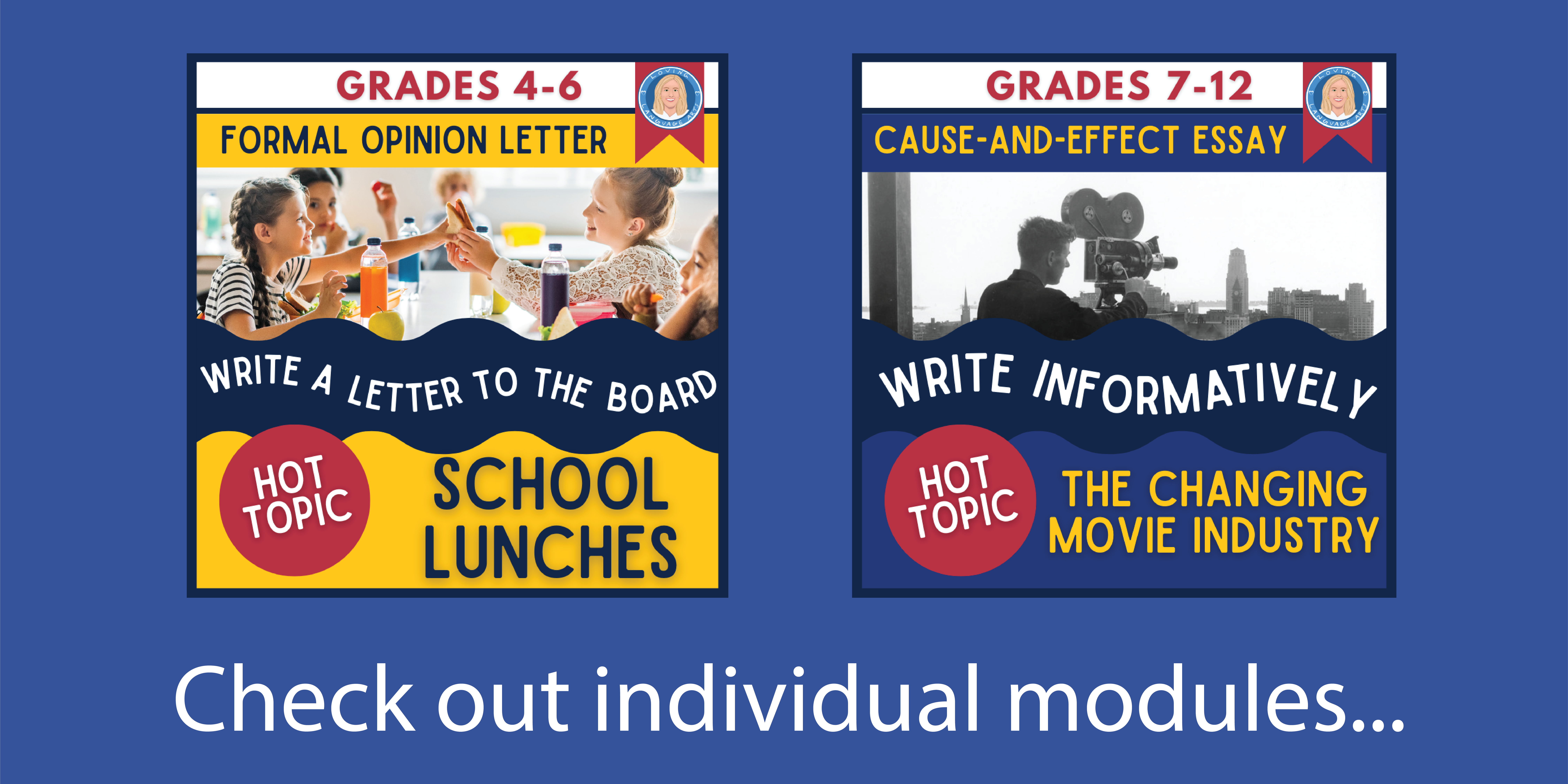

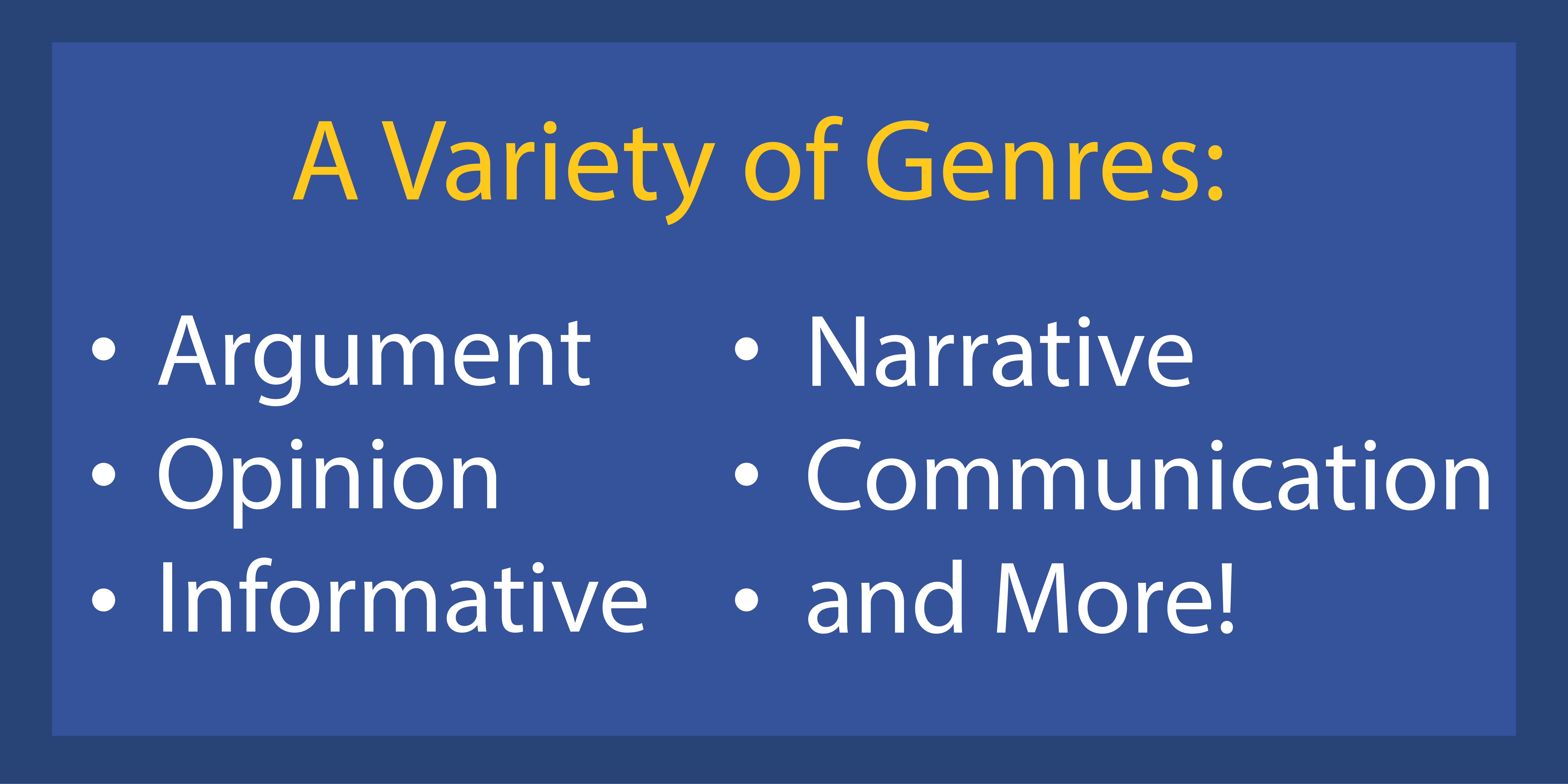

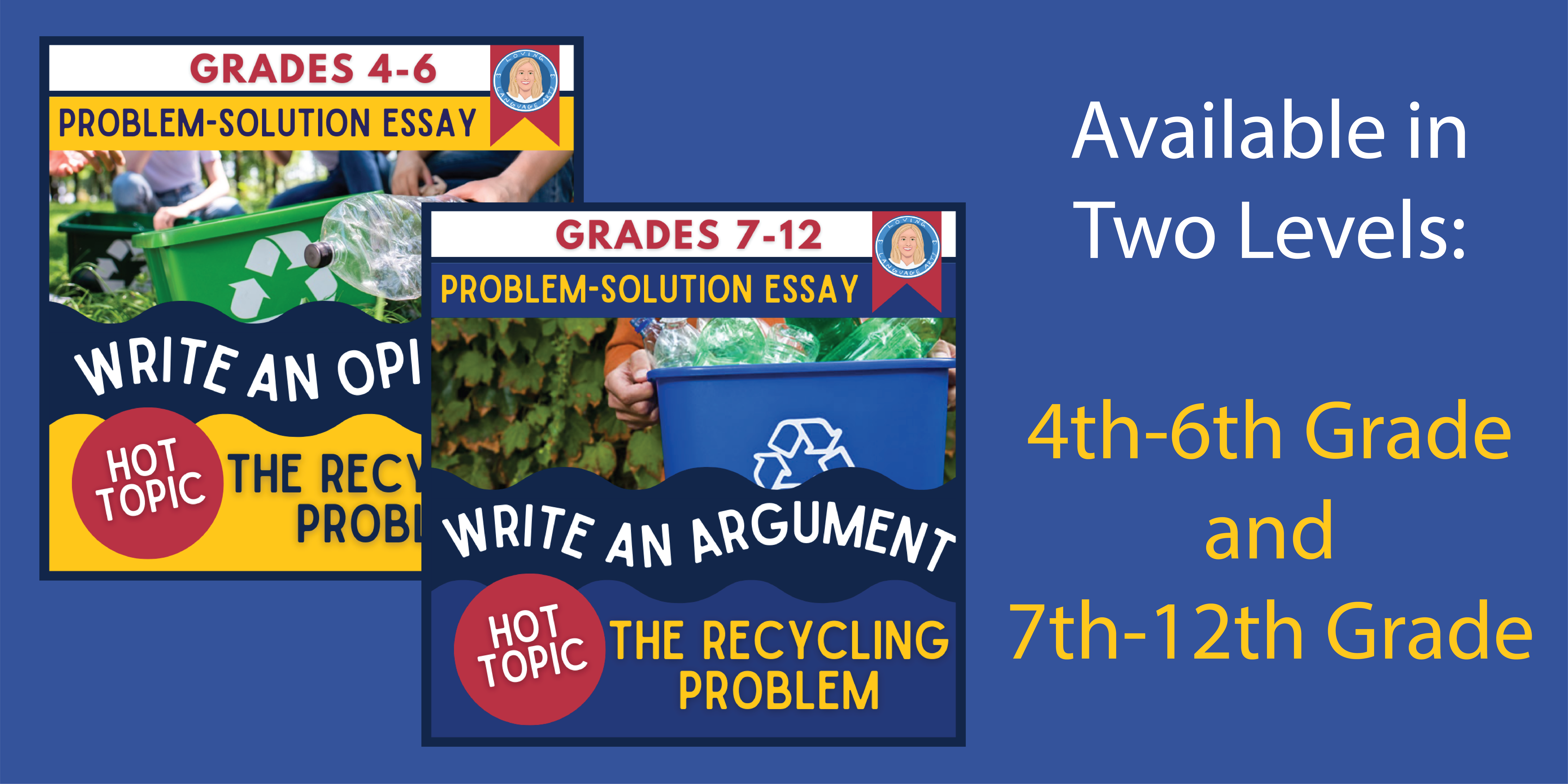
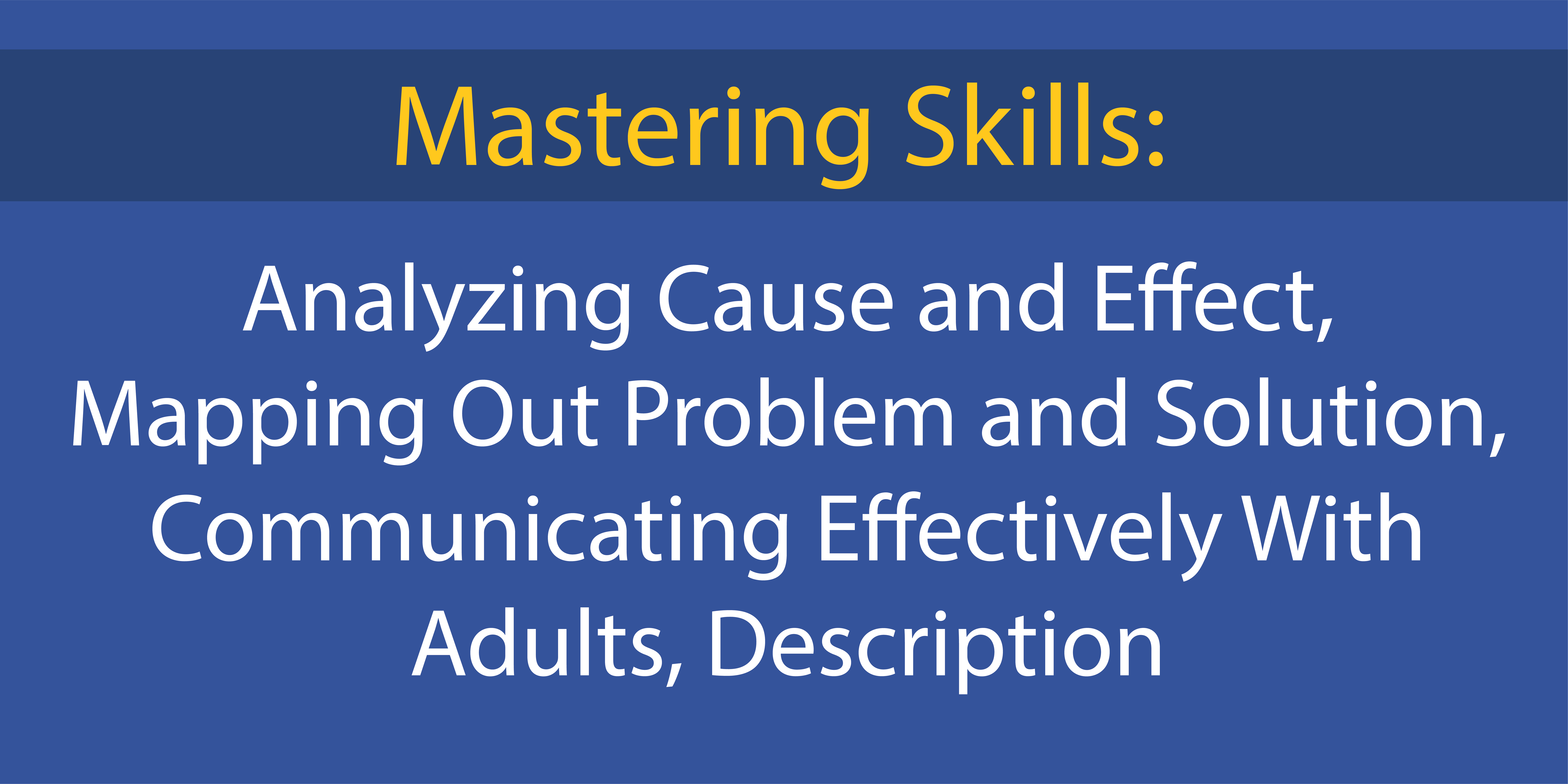
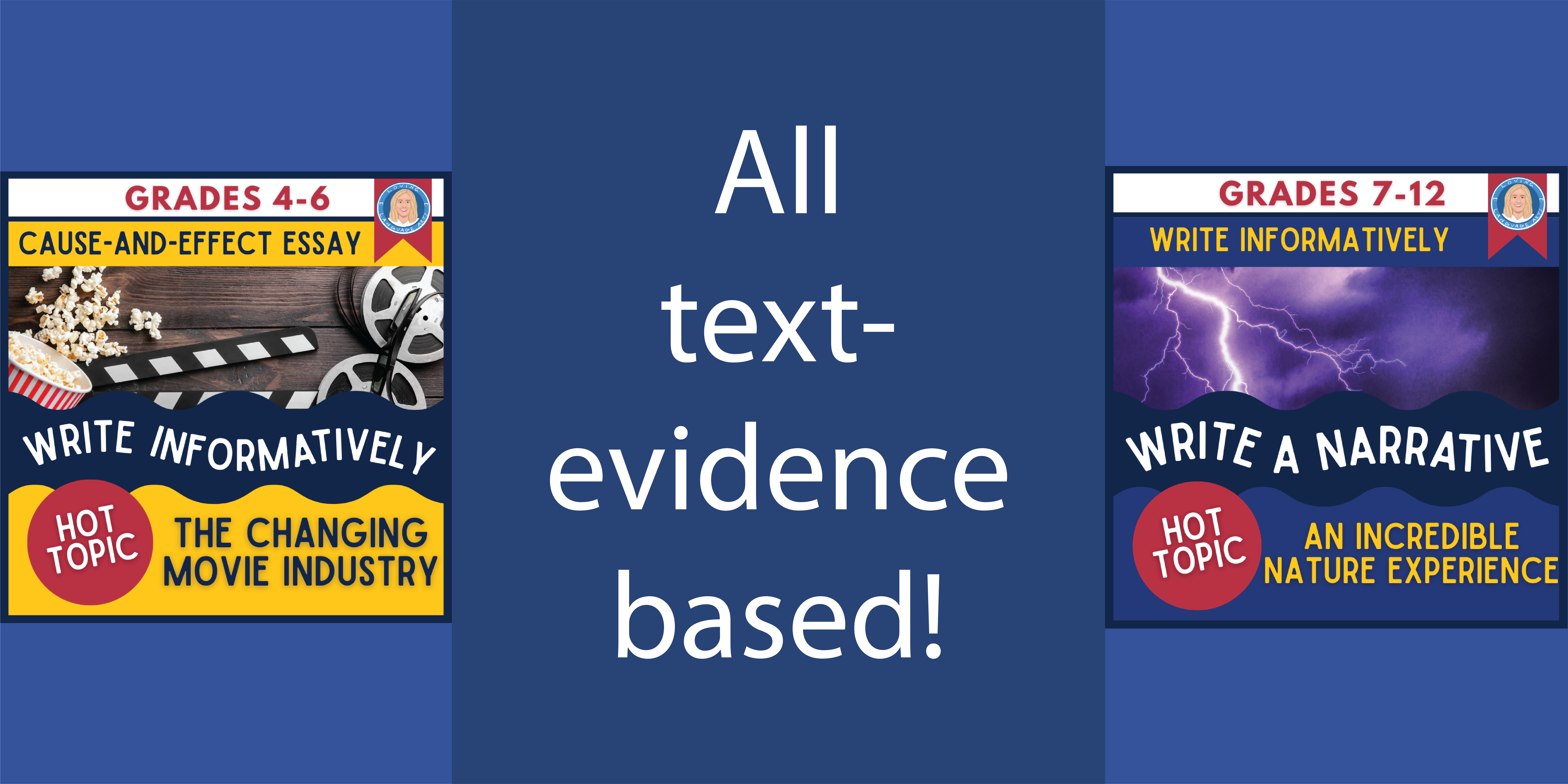
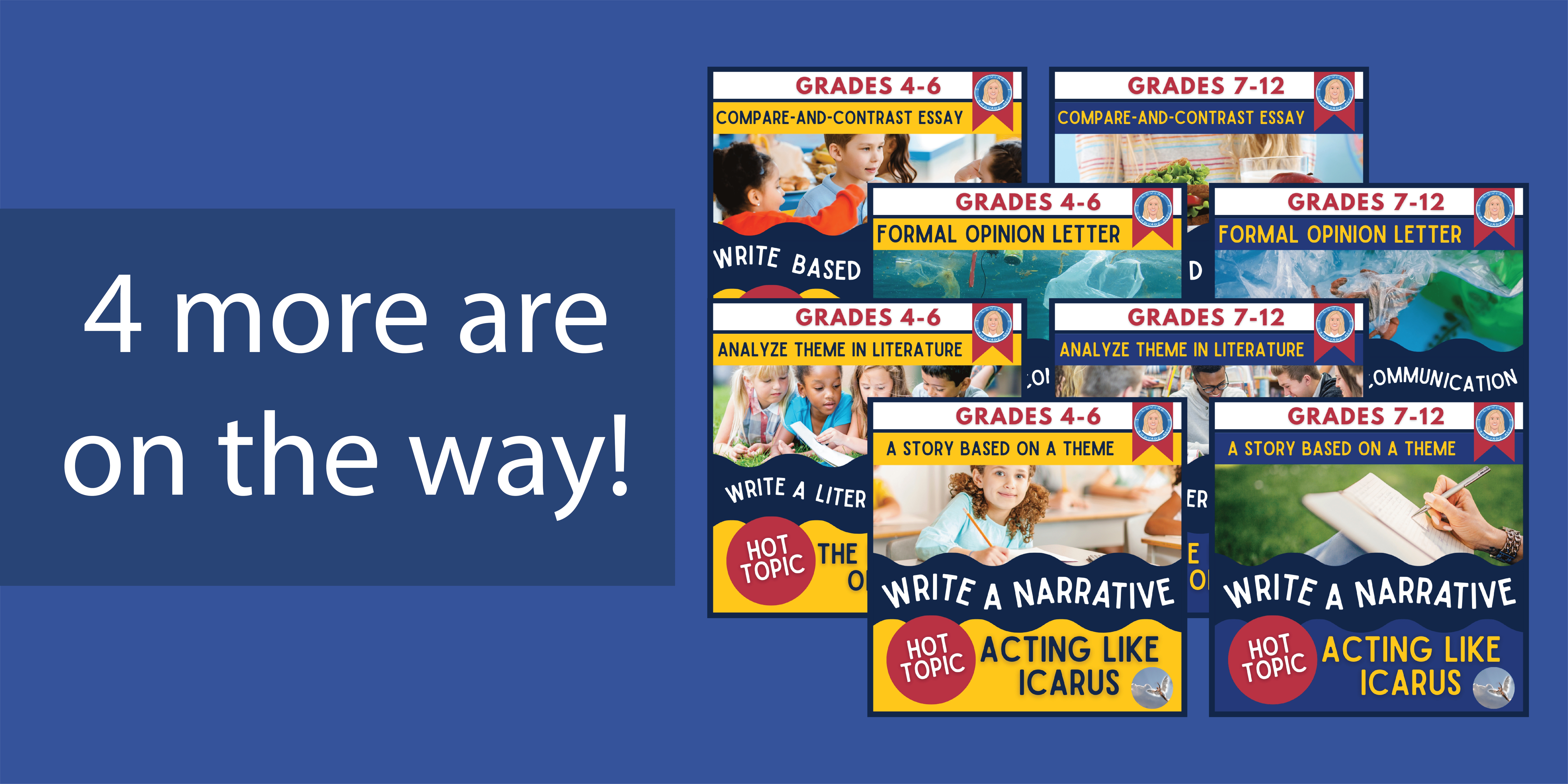
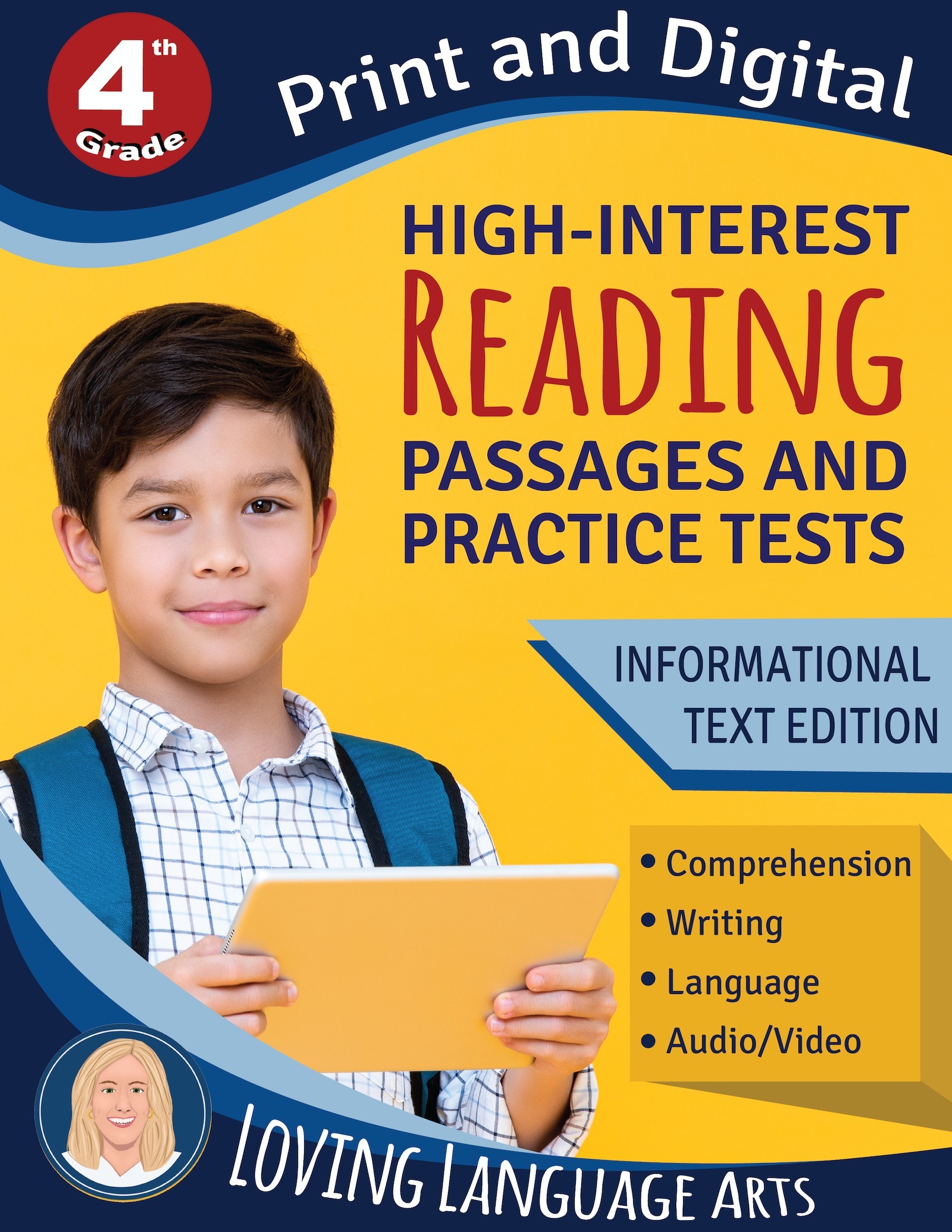

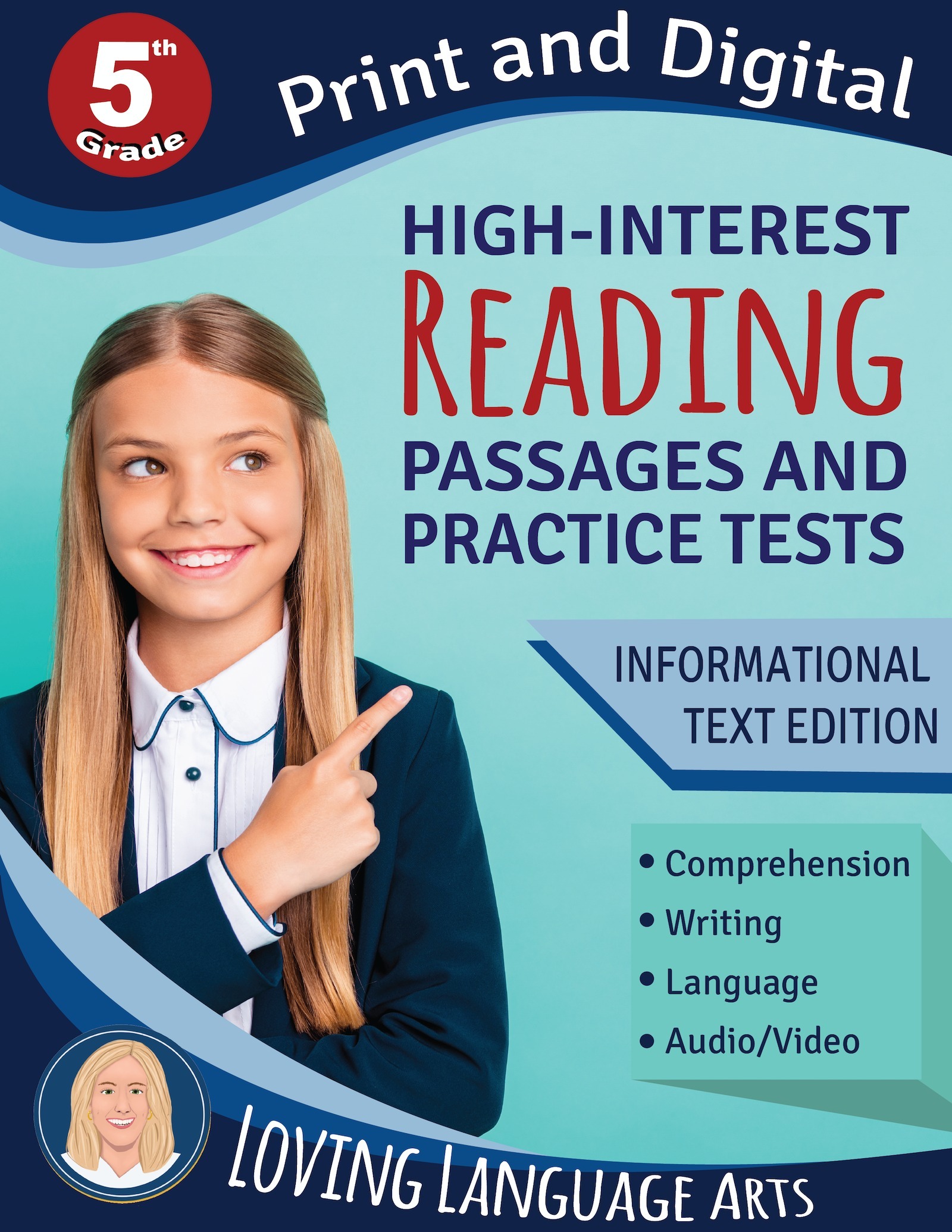
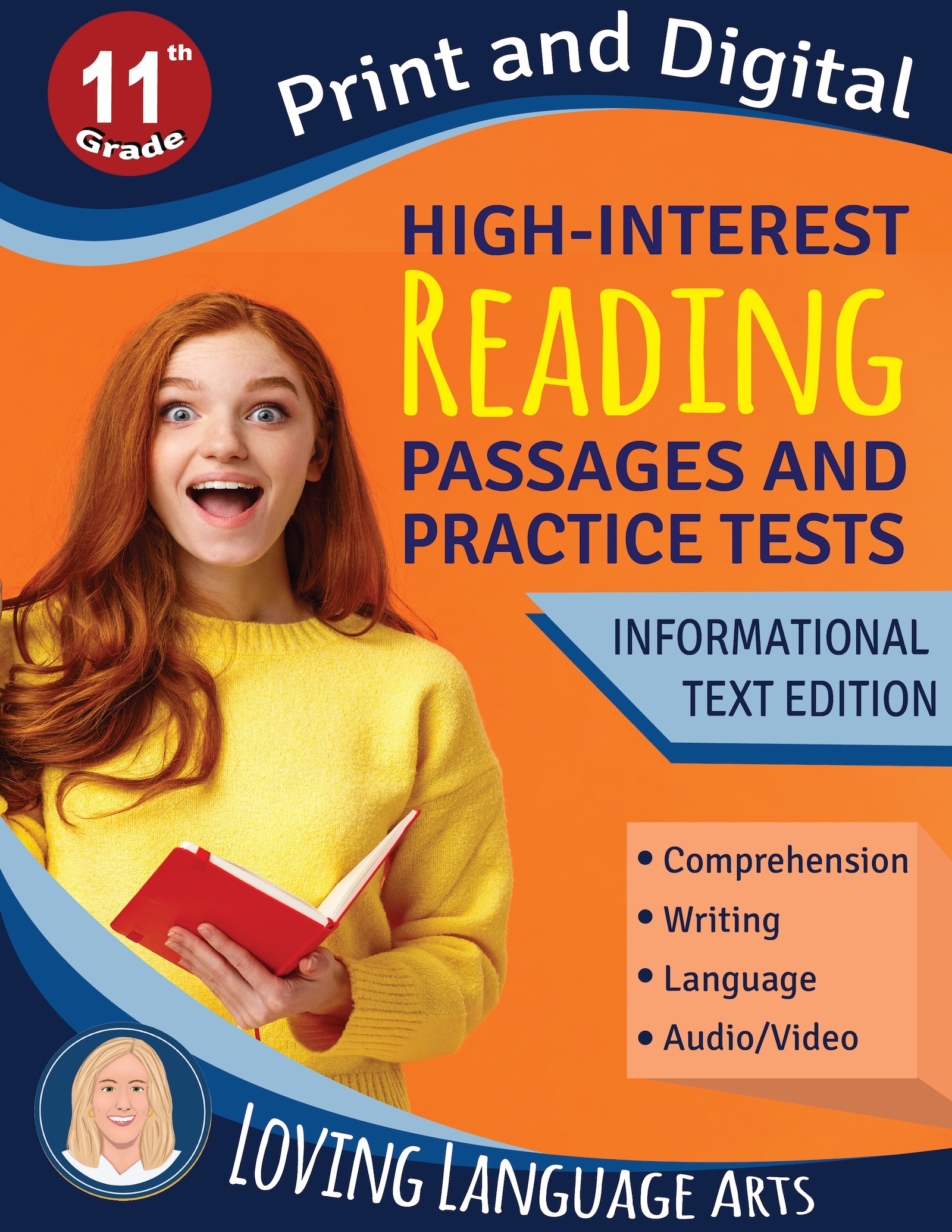
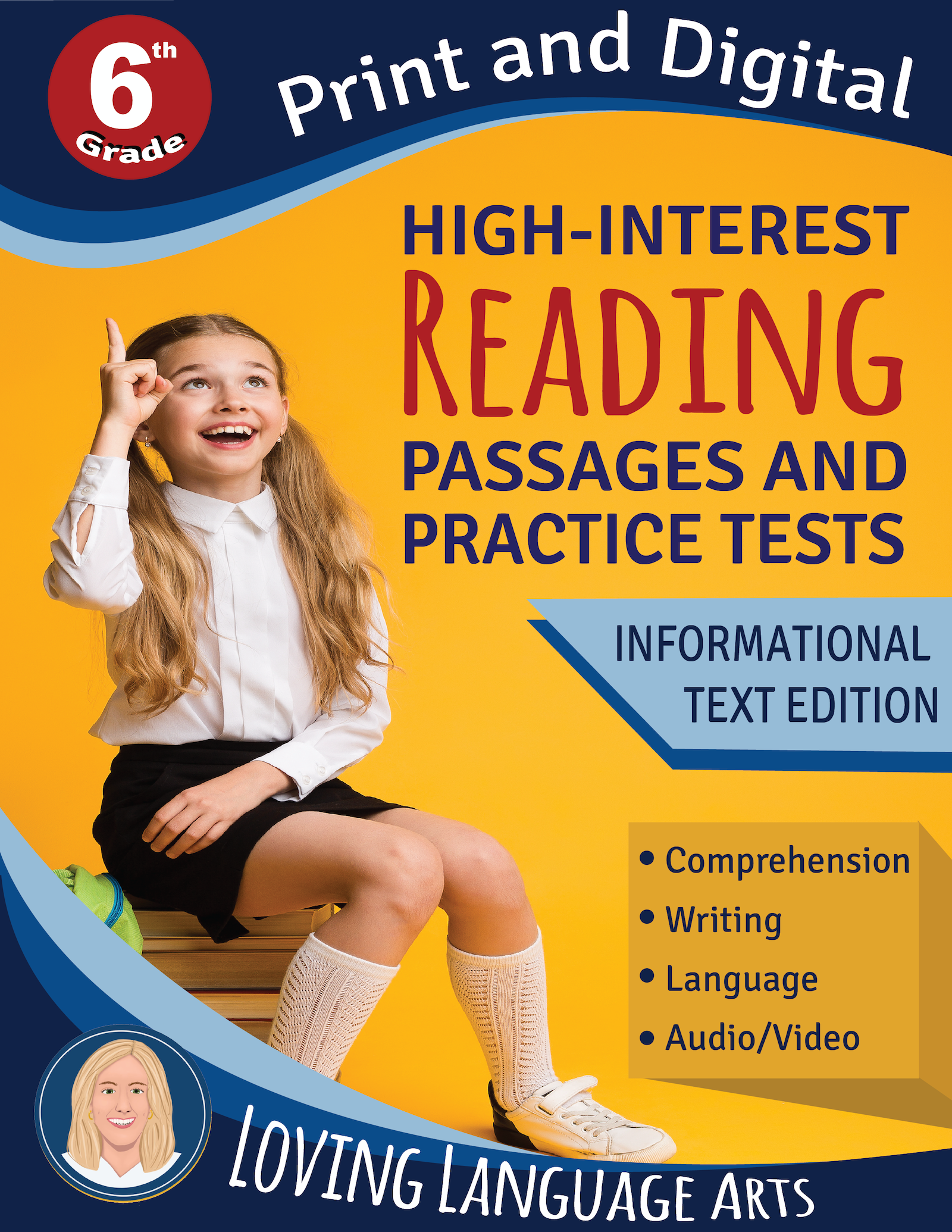
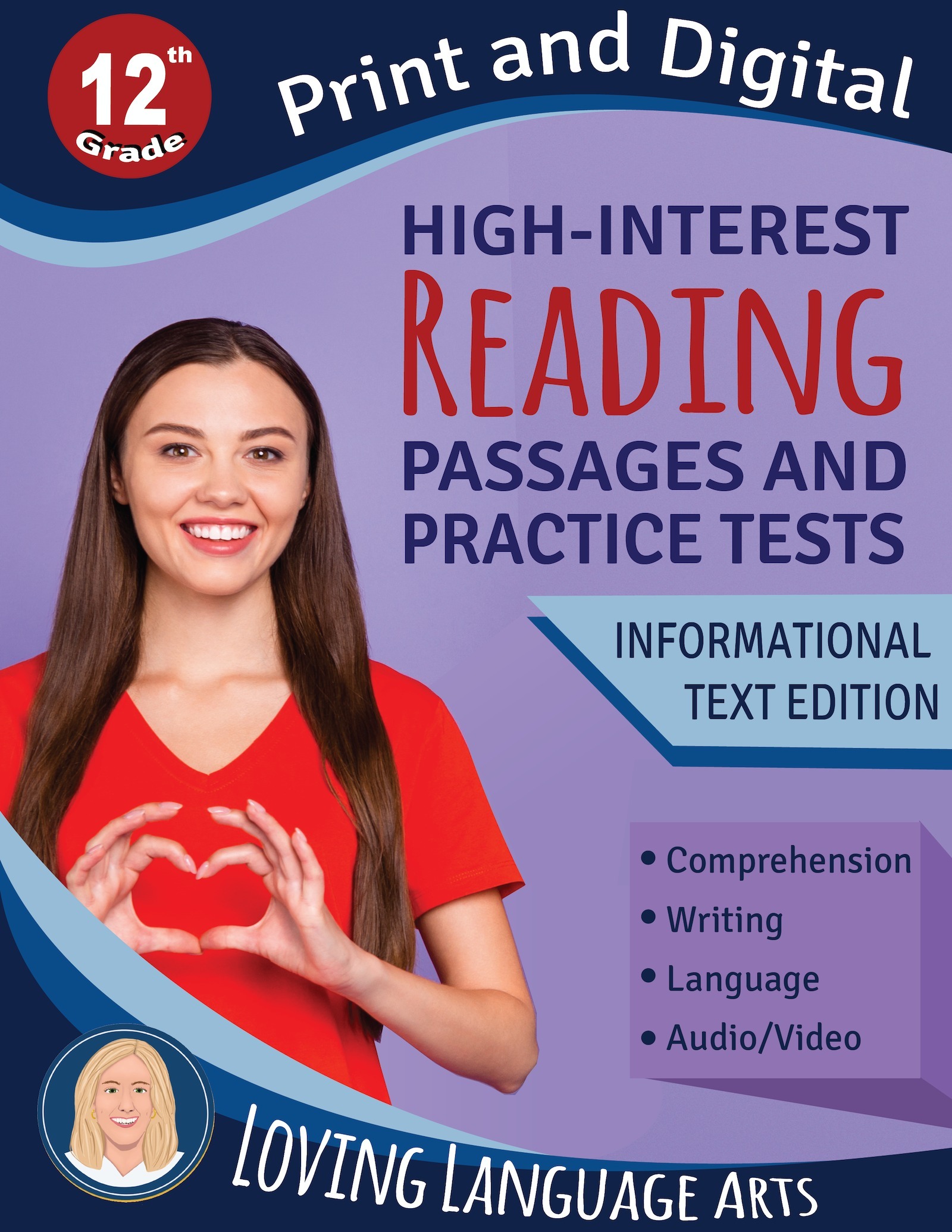
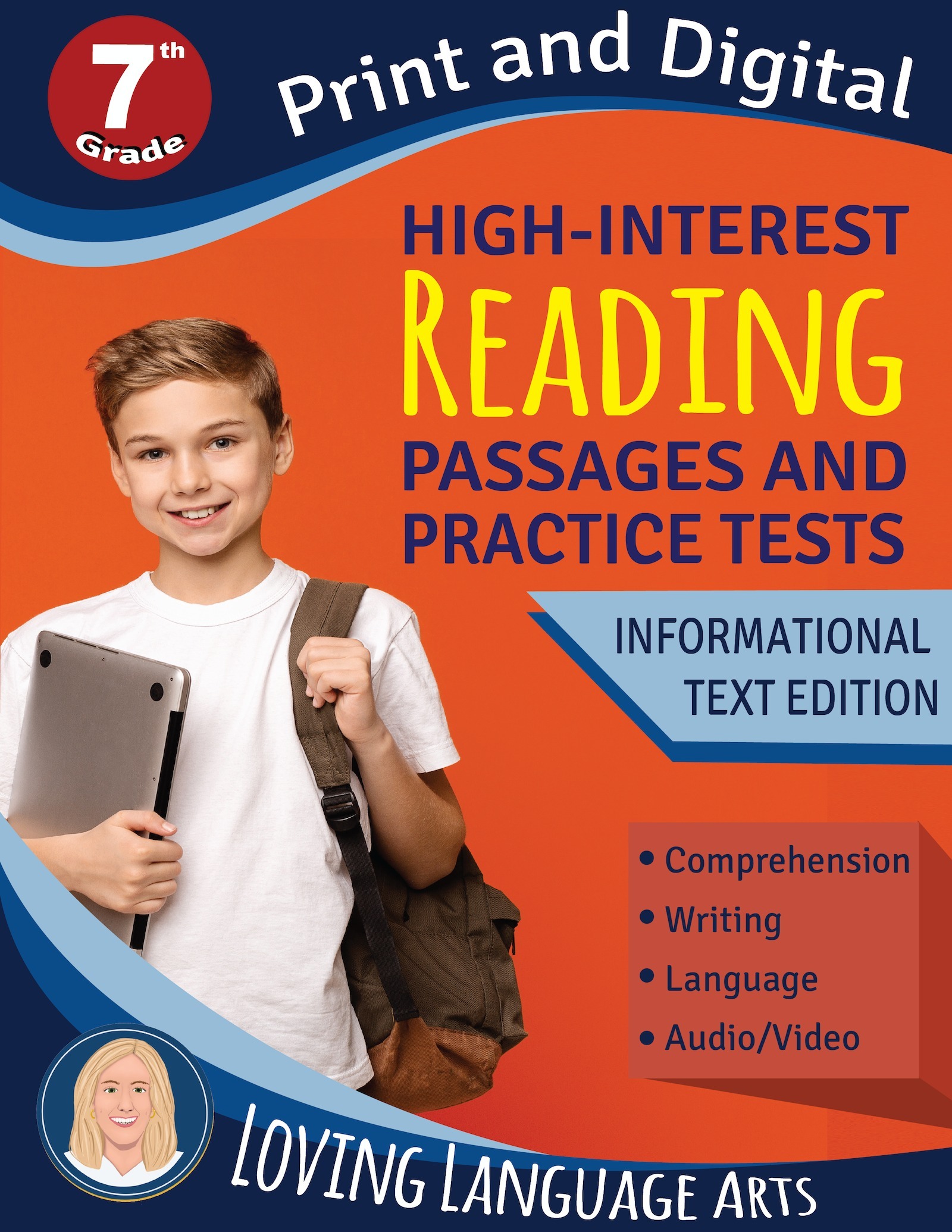
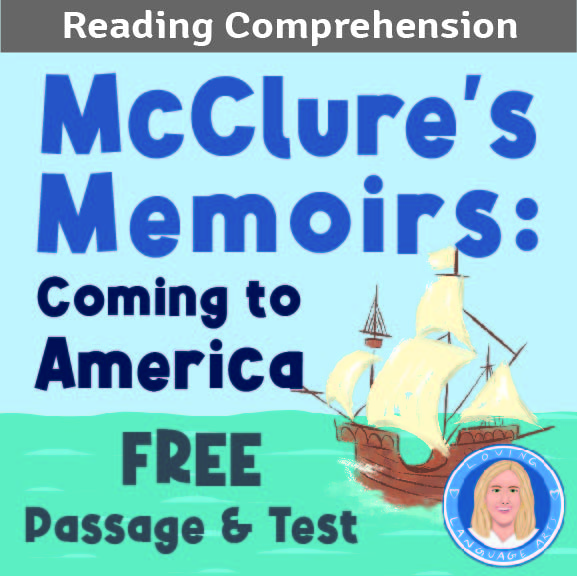
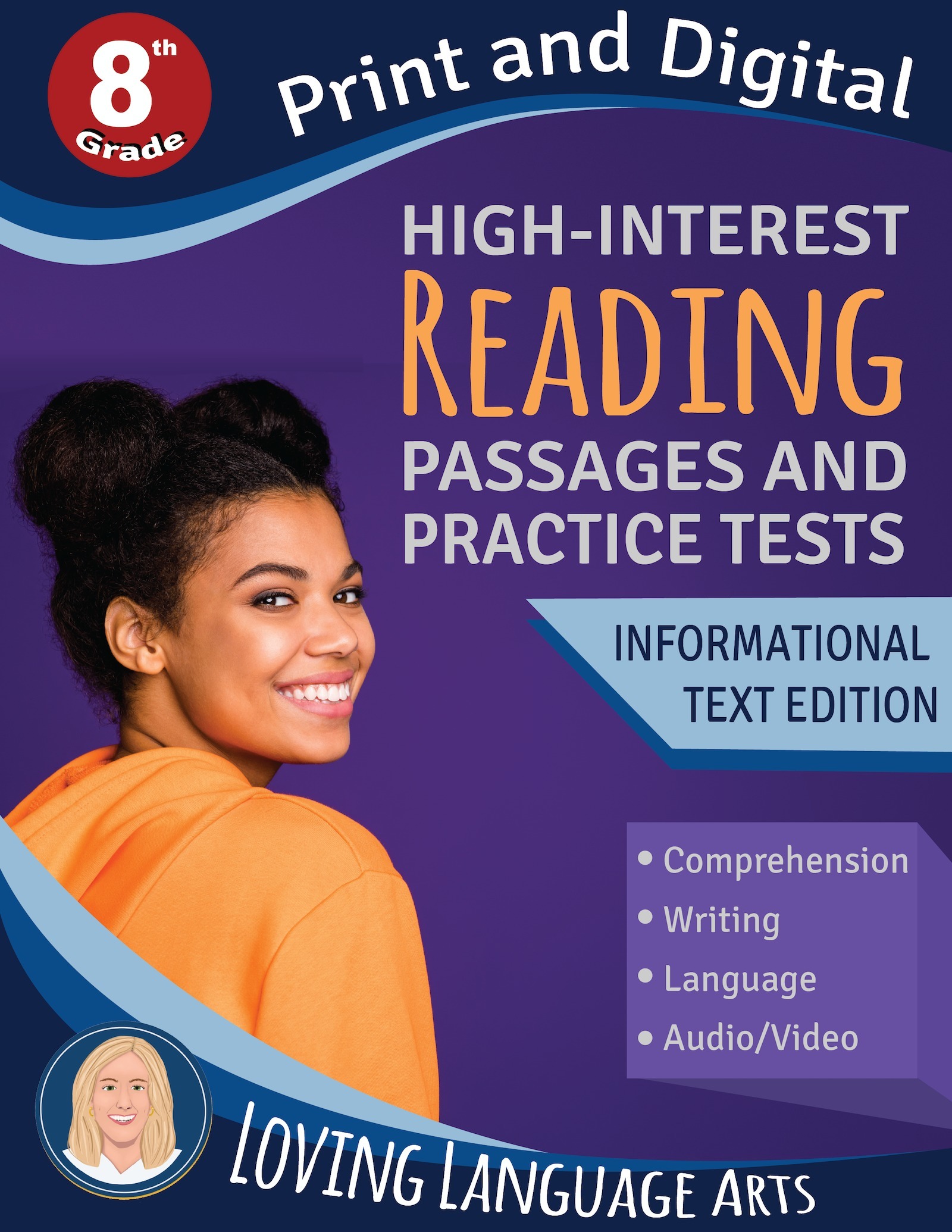
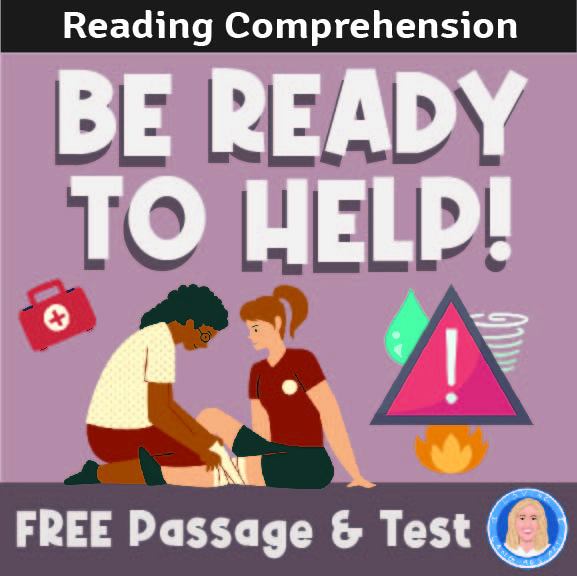
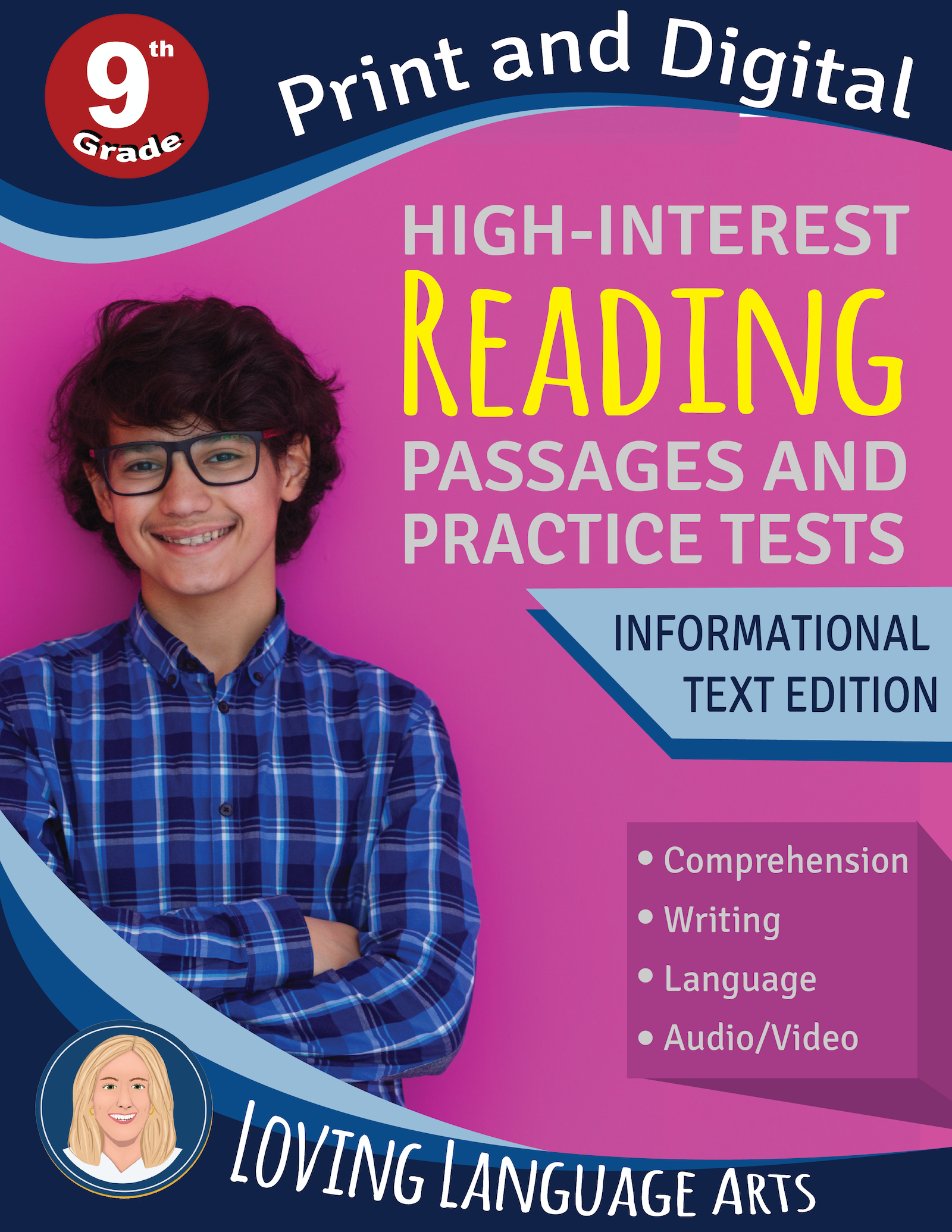
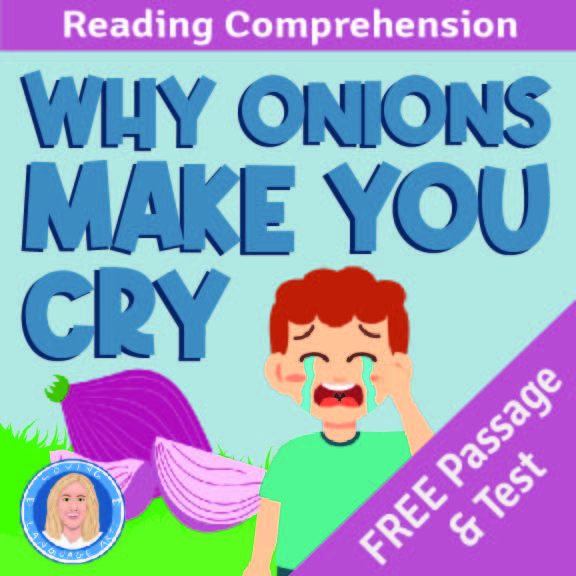

Trackbacks/Pingbacks